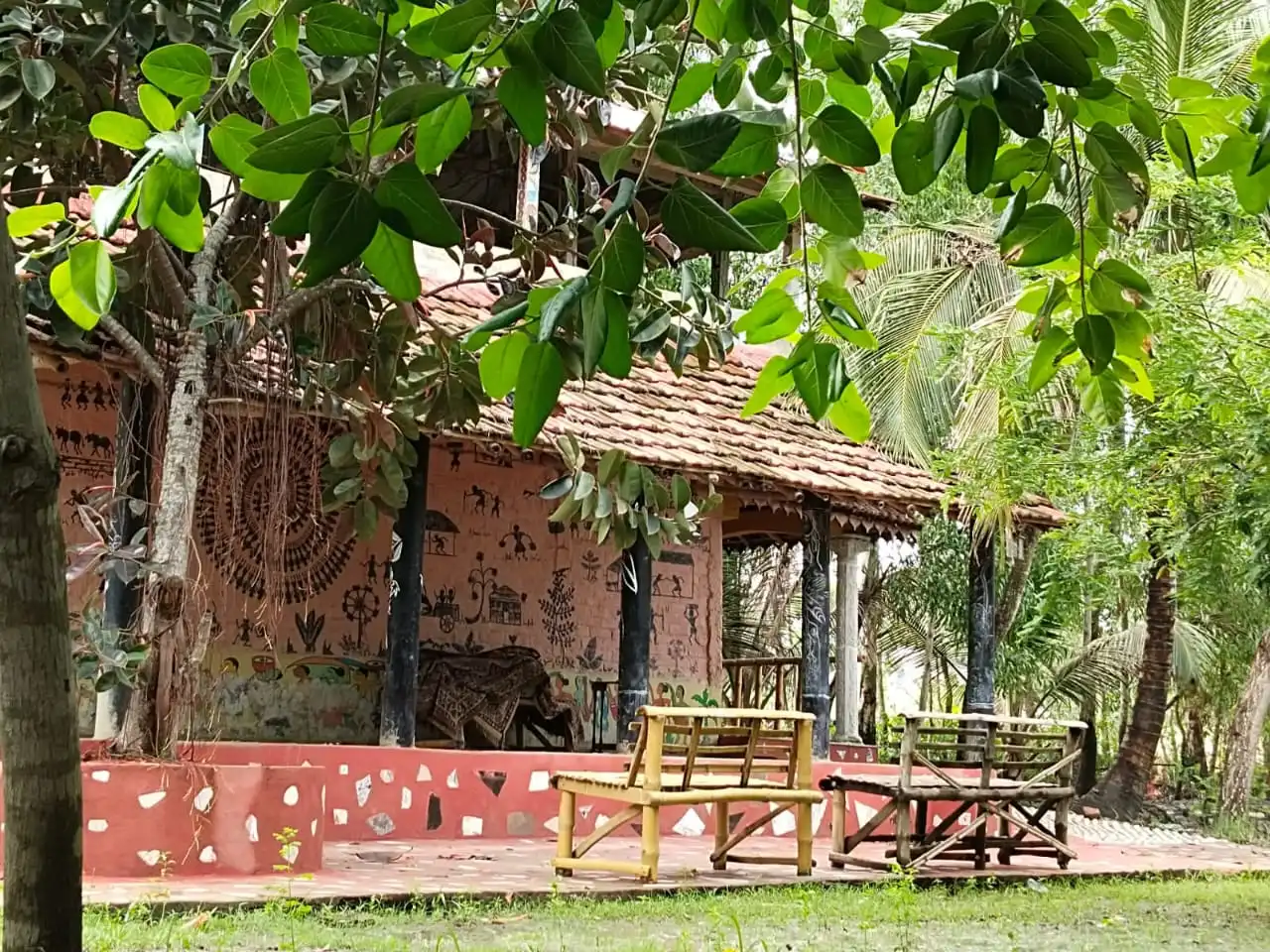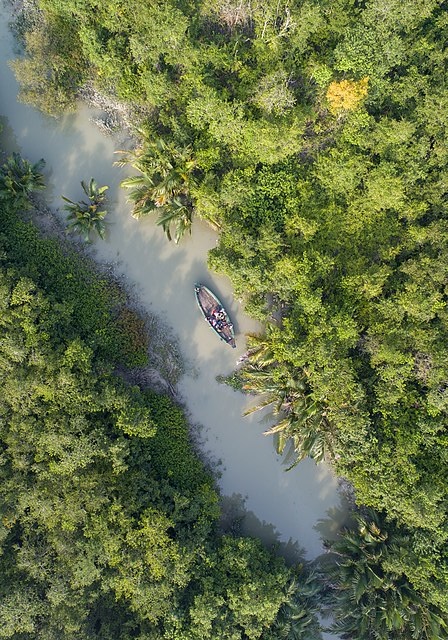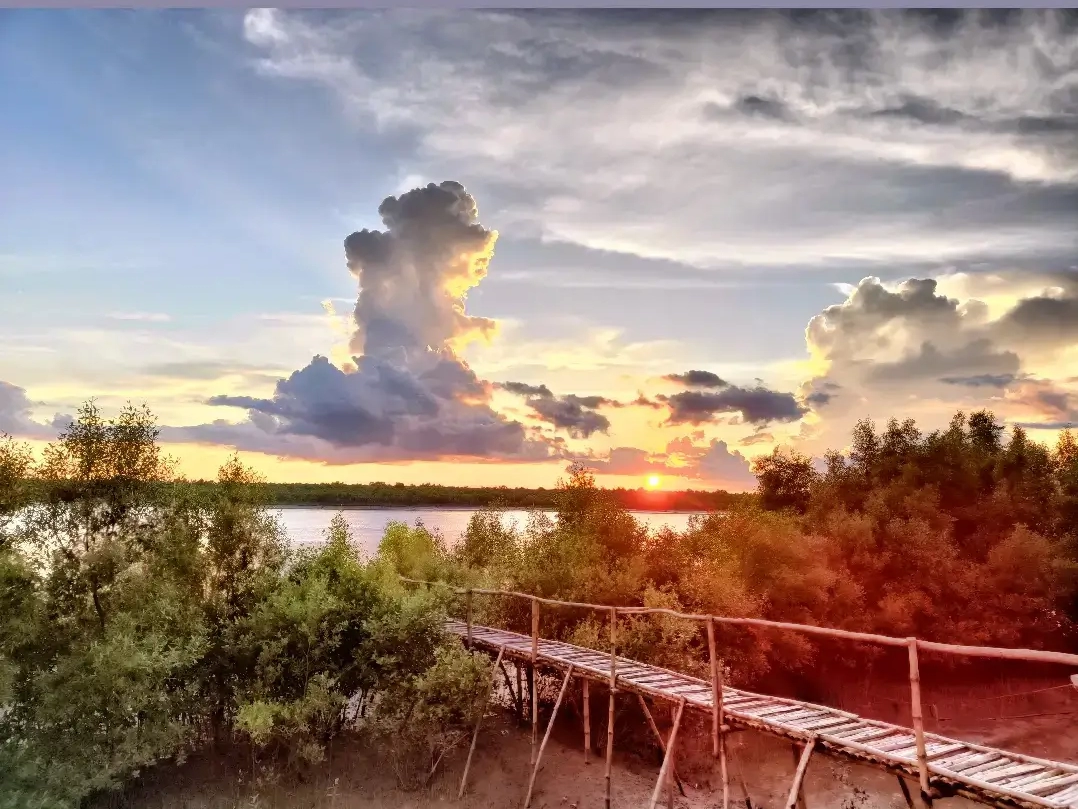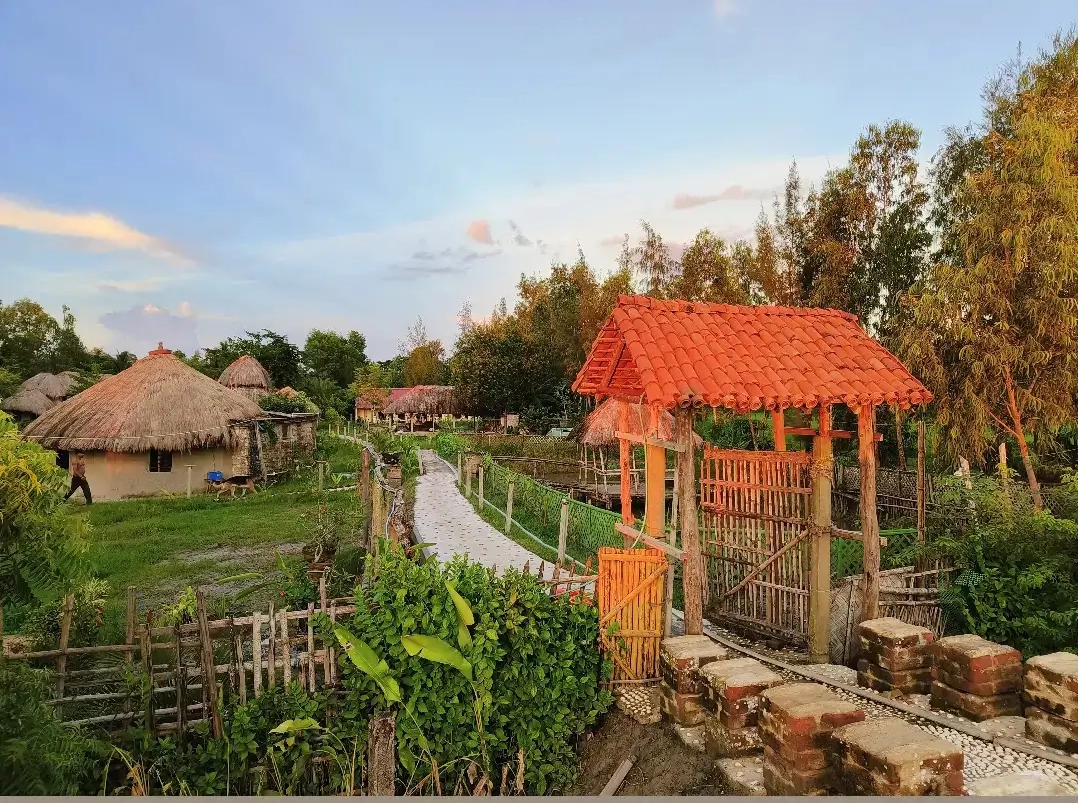Sundarban Group Tours vs. Private Tours: Pros and Cons for Travelers
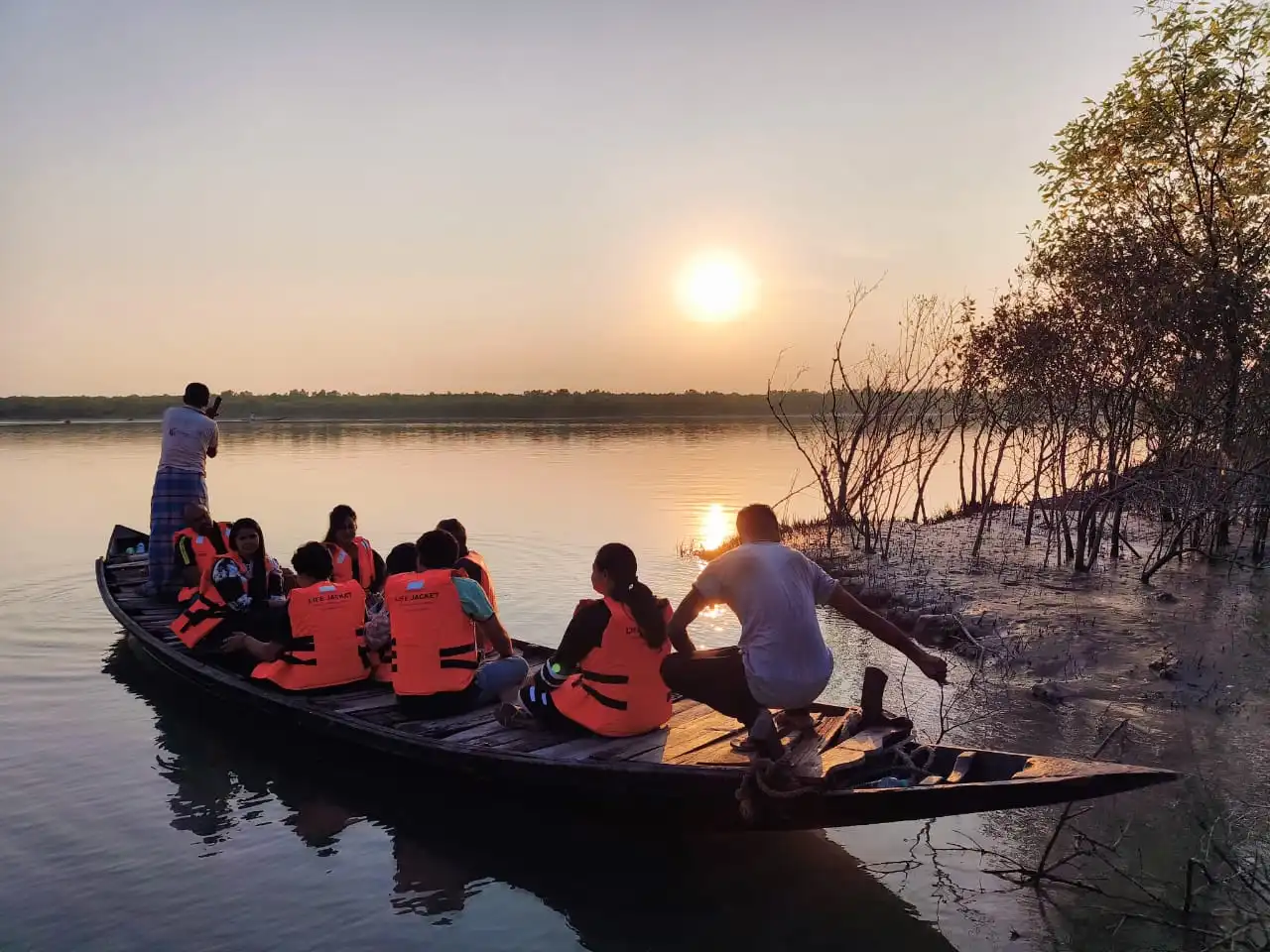
Each route provides a unique tapestry of experiences catered to various traveler types. We’ll examine the differences between group tours and private tours in this investigation, outlining their benefits and drawbacks. With this knowledge in hand, you may design the ideal Sundarbans adventure that fits your wanderlust and objectives. So read the following article till the end to know all about today’s topic of discussion.
Tours in a Group: Exploring the Sundarban Trip With Other Travelers
One of the world’s largest mangrove forests and a UNESCO World Heritage Site, Sundarbans captivates visitors with its distinctive combination of biodiversity, adventure, and natural beauty. The choice between a group tour and a private tour is a critical one that tourists must make when organizing a trip to this ecologically varied region.
The best option for you will primarily rely on your preferences, financial situation, and the type of journey you are looking for because both options provide unique experiences. To help you choose wisely for your next excursion, we’ll examine the benefits and drawbacks of sundarban tours in group and private tours in this post.
Pros
- Cost-Effectiveness: Due to shared costs for guides, transportation, and lodging, group trips frequently have cheaper per-person costs.
- Structured Itinerary: Group tours follow a predetermined schedule that makes sure you visit the main sights in a well-thought-out order.
- Social interaction: Excellent for making new acquaintances, connecting with like-minded travelers, and exchanging travel tales.
- Local insights: Your understanding of the sundarban trip will be improved by the guides’ in-depth knowledge of the area.
Cons
- Limited Flexibility: Group excursions adhere to a rigid timetable, which leaves little room for impromptu deviations or individual preferences.
- Crowded Attractions: Attractions that are frequently crowded may limit opportunities for solitude and peaceful exploration.
- Less customisation: You may have to give up some preferences on group excursions because there is minimal room for customisation.
Customizing Your Sundarban Trip Adventure with Private Tours
Pros
- Flexibility: Total control over your schedule that lets you change plans according to your tastes and pace.
- Experience that’s uniquely yours: Plan the trip around your passions, whether they are animal photography, bird watching, or touring particular locales.
- Intimacy with Nature: In the less traveled parts of the Sundarbans, take advantage of a more lonely and tranquil experience.
- Spending Time with the Guides: Private tours frequently give guests additional one-on-one time with guides, allowing for more in-depth understanding of the area.
Cons
- Higher Cost: Since you are responsible for paying for all travel expenses, guides, and lodging, private trips are typically more expensive.
- Planning responsibility: Researching and coordinating the trip’s itinerary can take a lot of time.
- Isolation: Compared to group trips, traveling alone or in a small group may reduce opportunities for social connection.
Decision-Making in the End
The choice between a private tour and a group sundarban Kolkata tour ultimately comes down to your individual priorities and interests. A group tour can be the best option for you if you value social contacts, cost effectiveness, and a set agenda.
A private trip, on the other hand, is the best option if you’re looking for flexibility, a unique experience, and a closer bond with the natural world. Whatever you decide, the Sundarbans’ breathtaking splendor will leave you speechless and your journey an unforgettable adventure.
Ultimately, it comes down to embracing the wonder of the Sundarbans, the world of mangroves, tigers, and many mysteries waiting to be explored, in a way that speaks to you the most.
FAQs
What distinguishes a private tour from a group excursion to the Sundarbans?
The level of experience and customisation is where the main differences exist. A group tour entails traveling with other people and following a predetermined itinerary; the cost is typically lower. A private tour, on the other hand, allows you to customize the trip to your interests and pace, providing a more personalized experience.
Which is more affordable: a private trip of the Sundarbans or a group tour?
Since costs are divided among participants, group tours are typically more affordable. On the other side, private excursions are customized and could cost more because you pay for each expense separately.
Can I alter the itinerary on a group tour at the last minute?
There is less room for last-minute modifications during group tours because of the fixed schedule. For the advantage of the entire team, the schedule is organized and followed.
What degree of flexibility is offered during a private tour?
Having a private tour allows us a lot of freedom. You have the option to alter the schedule at will, make impromptu alterations, and personalize the adventure to suit your tastes and interests.
Are private excursions OK for individuals?
Absolutely. Solo travelers can take private excursions, which offer a more individualized and intimate experience. They provide flexibility to accommodate different explorers’ paces and preferences.



